I am not choosing between formats. I am choosing how to build a pipeline I can trust. The long argument over short form vs long form content only matters if it maps to revenue. So I’ll talk about what actually moves SQLs (sales-qualified leads), ACV (annual contract value), and sales cycles in B2B services, without fluff.

Short form vs long form content
Here’s my quick read for B2B services: use both. Long form captures existing demand through search and gives sales a source of truth. Short form creates and distributes demand by putting sharp ideas in front of the right people, again and again.
I recommend a 60 to 40 split long to short if your industry is search driven and buyers ask deep questions. I flip it to 40 to 60 if I’m shaping a new category or selling change. In my experience, short form can move impressions and assisted demos in days or weeks. Long form usually compounds over three to six months and then keeps paying; brand-new sites or highly competitive spaces can take longer.
I measure ROI like a CFO would. I track pipeline created and influenced, SQL volume, ACV by source, and time to close. I use analytics and search data for visibility on queries and pages. I connect activity to the CRM to attribute touches to deals. I add UTMs and a light self-reported attribution field on forms to catch “dark social” - the untracked sharing that happens in DMs, group chats, and meetings.
I think of it as two flywheels. Long form earns links, rankings, and trust, then feeds sales collateral. Short form packages those ideas into hooks that spread on LinkedIn, X, and YouTube Shorts, then sends qualified traffic back to the site. Quality beats raw volume. No one wins with 50 thin posts or 30 bland clips.
For broader context, roughly 75% of B2B brands still lean into shorter formats, while longer pieces tend to rank more reliably over time, as serpIQ did a study summarizing.
What is short form content?
Short form content is quick to consume and easy to ship. Think video under one minute, posts under 600 words, carousels, polls, and emails under about 300 words. On TikTok, the median video is about 42.7 seconds long. Channels include LinkedIn, X, YouTube Shorts, Instagram Reels, your email list, and even short snippets on your site. Audience appetite is strong - see a Statista study published in 2023.
In B2B services, common examples work well.
- Founder or exec point of view posts with one sharp take.
- Mini case studies that show problem, action, outcome in a few lines.
- Objection handling snippets like pricing myths or timeline truth bombs.
- Teasers from a guide or webinar that link to the full piece.
- One chart stories pulled from your own data.
Short form sits mostly at the top and mid funnel. It sparks interest, builds familiarity, and nudges buyers back to deeper assets. It also works as the repurposing engine for long form. One strong guide can fuel a dozen clips, carousels, and emails.
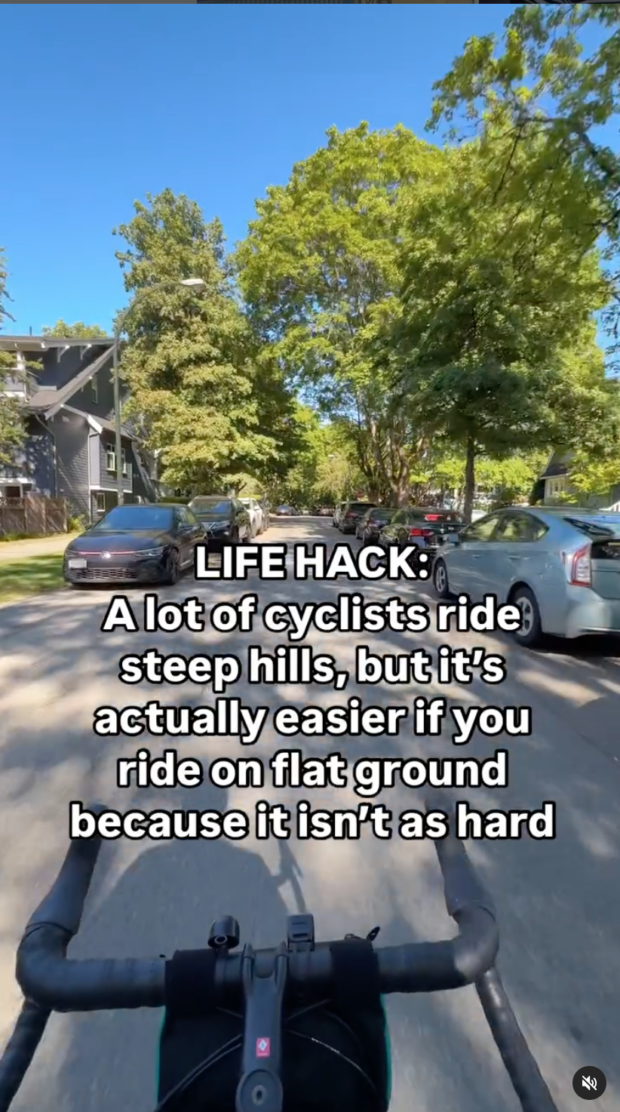
Pros of short form content
- Big reach fast. Platform feeds reward frequent, snackable posts.
- Speed to publish. A phone, a basic editor, and a clear hook can take you from idea to live in about an hour. Get the hook right - don’t fumble your hook.
- Lower production cost. You can record in your office and edit with simple tools.
- Great for executive presence on LinkedIn. In my experience, buyers engage more readily with subject matter experts than with faceless brand handles.
- Perfect for testing hooks and messages before you commit to a long asset.
- Fuels retargeting. Build warm audiences for your deeper pages and lead forms.
- Clear directional metrics. Track impressions, engagement rate, saves, shares, CTR, and assisted demos or booked calls.
A small twist. Short form looks simple. It still needs a story, a point, and a line of sight to the next click. My fix is to plan from anchor topics, not trends.
Cons of short form content
- Short half life. Most posts fade within 48 hours.
- Shallow coverage. Complex topics get oversimplified if you cram too much.
- Lower intent. Great for attention, not always for bottom of funnel conversion.
- Attribution gaps. Many shares happen in private channels you can’t track.
- Risk of vanity metrics. Likes can distract from pipeline if you aren’t careful.
- Trend chasing can eat time and still miss your ICP.
Mitigation tips:
- Always attach a clear path to a deeper asset. Think topic tags or a content hub page.
- Use UTMs, first touch and last touch, and a self-reported attribution field on forms.
- Build series and playlists so ideas stack and audiences come back.
- Retarget anyone who watched 50 percent or more of a clip or saved a post.
- Document voice notes and message pillars so multiple people can publish without losing tone.
Helpful planning resources: how often to post on every social platform, cross-post everywhere, and 53 up-to-date stats on major social media platforms.
What is long form content?
Long form content goes deep. Think 1,500 to 3,000 word guides, detailed case studies, comparison pages, pillar pages and clusters, webinars, long videos, and original reports. These assets answer the full set of buyer questions and give search engines rich signals of quality.
Roles in B2B services:
- Capture high intent search. Terms like pricing, implementation, ROI, or vendor comparisons bring serious buyers.
- Build EEAT. Show real expertise, experience, and trust with named authors, client proof, and clear sources.
- Enable sales. A strong article can help a rep handle objections and shorten calls.
- Structure your site. Link clusters help both users and bots move through your topics.
Gating or not? For SEO and trust, I keep most educational content open. If I gate a report, I publish a thorough summary page so it can rank and still feed the list. Inside the page, I use internal links to related posts, calculators, and relevant service pages. Discovery through on-site navigation matters as much as search.
For planning, I check query demand and difficulty, review my search data, and read the SERP by hand to understand search intent before I write. Then I write for people first. Technical optimization comes after the draft. Depth helps rankings over time - serpIQ did a study showing longer pages often earn higher positions, and BuzzSumo found in 2014 that longer content tends to earn more shares and backlinks. See also The State of Content Marketing 2020 by Semrush.
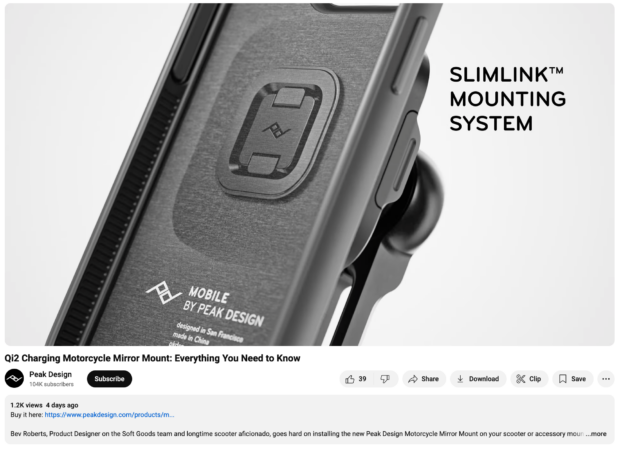
Pros of long form content
- Compounding organic traffic. Rankings grow, links accrue, and old posts can keep sending buyers for years.
- Better odds on tough keywords. Depth and clarity tend to win on competitive terms.
- Backlinks. Strong guides and data get cited by news sites and blogs.
- Repurposing gold. One piece can fuel months of short form and sales one pagers.
- Sales support. Objection handling posts, ROI explainers, and comparison pages become shareable assets for reps.
- Higher lead quality. Buyers who arrive from these pages often convert at higher rates and close with fewer calls.
Metrics to watch:
- Rankings for target keywords and growth in impressions.
- Organic pipeline and assisted revenue in your CRM.
- Time on page, scroll depth, and next page path in analytics.
- Demo or booked call conversion rate from those pages.
Expert content wins. I interview SMEs, add specific numbers and screenshots where appropriate, cite credible sources, and keep pages fresh. In one well-known example, a longer landing page led to an increase by more than 30% percent in conversions.
Cons of long form content
- Higher production cost. Research, SME interviews, and editing take time.
- Slower time to value. You won’t see peak traffic in week one.
- SME access can be tricky. Calendars are busy.
- Content can underperform without distribution or later updates.
How to lower risk:
- Start with a clear brief that covers search intent, outline, and evidence needed.
- Run short expert interviews and record them for accuracy.
- Edit for clarity and structure. Use on-page SEO basics like headings, schema, and internal links.
- Launch with a promotion plan. Email, LinkedIn posts, and Shorts cut from the piece.
- Set a refresh cadence. Review top URLs every 90 to 120 days for updates.
B2B lead generation
Here is the practical decision framework I use for planning the mix.
-
Intent analysis
Map what buyers search across bottom and top of funnel. Pricing, ROI, integration, and vendor comparisons belong in long form. Emerging questions and quick myths work in short posts and clips. If you follow the They Ask, You Answer approach, start with The Big 5. -
SERP competition
Look at page one. If top results for a topic average 2,000 words with rich subtopics, plan a deep article. If results are FAQ style or newsy, short content that answers one tight question may be enough. Use keyword research tools, then verify by reading the pages. -
Audience preferences
Find where your exec buyers spend time. Many B2B leaders live on LinkedIn for ideas and YouTube for how-to content. Some still read long posts on sites they trust. Poll your list and check analytics for channel mix and dwell time. If you need a refresher, see 83 stats on social media demographics in 2024 and 250 million of X’s daily users. -
Platform fit
LinkedIn favors saves, comments, and watch time. YouTube rewards session time and satisfying the query. Your blog gives you full control of structure, internal links, and calls to deeper resources. Use each for what it does best. Learn more about Instagram Threads and YouTube Shorts if they are in your mix. -
Message complexity
If the message is simple, short content can carry it. If the product is expensive or the change is risky, long content builds the confidence your buyer needs. Many deals need both. A clip gets attention. A guide gets sign-off. -
Budget and resources
Whether in-house or outsourced, set a monthly throughput you can sustain without burning out. One well written guide that ranks is better than five thin posts. One tight clip with a point is better than daily filler. Use reliable editing, design, and scheduling tools to speed up steps. -
Test and review
Work in 90-day sprints. Track leading signals like rankings, impressions, engagement rate, and watch time. Track lagging signals like pipeline, SQLs, ACV, and close rate by source. Set thresholds ahead of time so you can make clean calls on what to keep, cut, or scale.
Sample starter plan for a B2B services team:
-
Month one to three
Publish one pillar page and two supporting long posts each month. Choose topics tied to revenue conversations. Pricing, ROI, and comparison pages are smart bets.
From each long piece, create eight to twelve short assets. Pull the sharpest lines, stats, and visuals for LinkedIn, X, and Shorts.
Retarget anyone who watched or clicked. Send them to the related long page.
Add internal links from older posts to the new pages.
Review analytics every two weeks and update headlines and hooks as you learn. -
Month four to six
Refresh winners. Add new sections, FAQs, and examples where you see gaps.
Expand clusters around what is working.
Double down on exec posts that led to saves and quality inbound conversations.
Compare pipeline and SQL lift against your baseline month zero.
How to judge results with clarity:
- Long content should start ranking for a spread of related queries by month two to three. Traffic begins compounding after that.
- Short content should show steady growth in saves, comments, and watch time. Expect to see more self-reported mentions like “I saw your post about pricing.”
- CRM should show more influenced revenue tied to those pages and posts by the end of the second sprint.
A quick reality check. Short content without a deeper place to send people is a tease. Long content without distribution is a great book on a shelf no one opens. I make them work together on purpose.
Internal link prompts to support real buyers:
- From guides, link to your case studies where similar problems were solved.
- From comparison pages, link to the service page that matches the reader’s intent.
- From ROI content, link to an ROI calculator or a simple worksheet that helps teams do the math.
Seasonal note. Budget season brings spikes in ROI and pricing queries. Plan long content for those terms in advance. Then use short posts in late Q3 and Q4 to seed those ideas while buyers are planning.
Final thought to carry forward. The format is not the hero. The reader is. When content answers real questions, shows proof, and respects time, both short and long pull their weight. And when both pull together, pipeline gets steady, not spiky. That’s the win I feel on the forecast call.

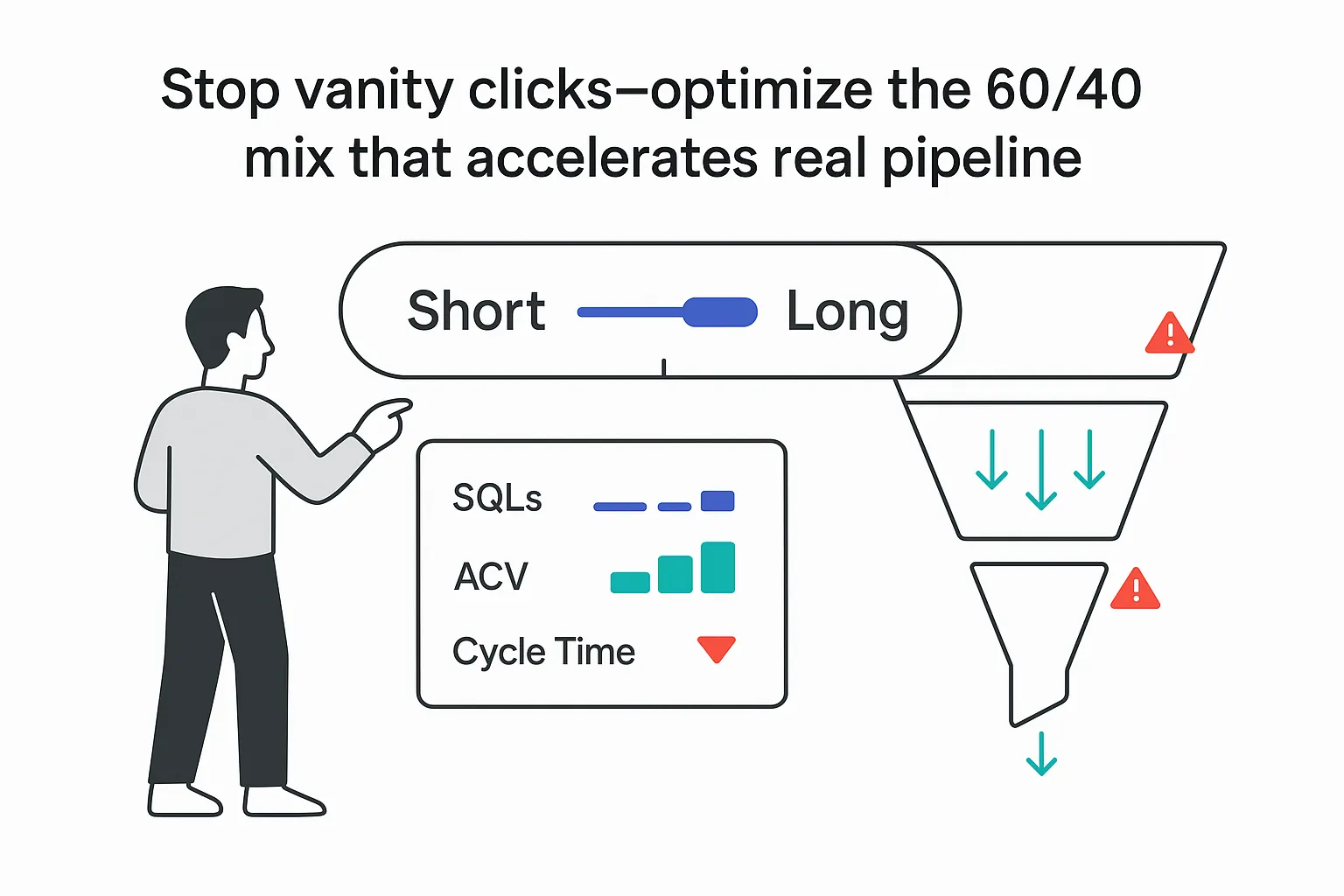

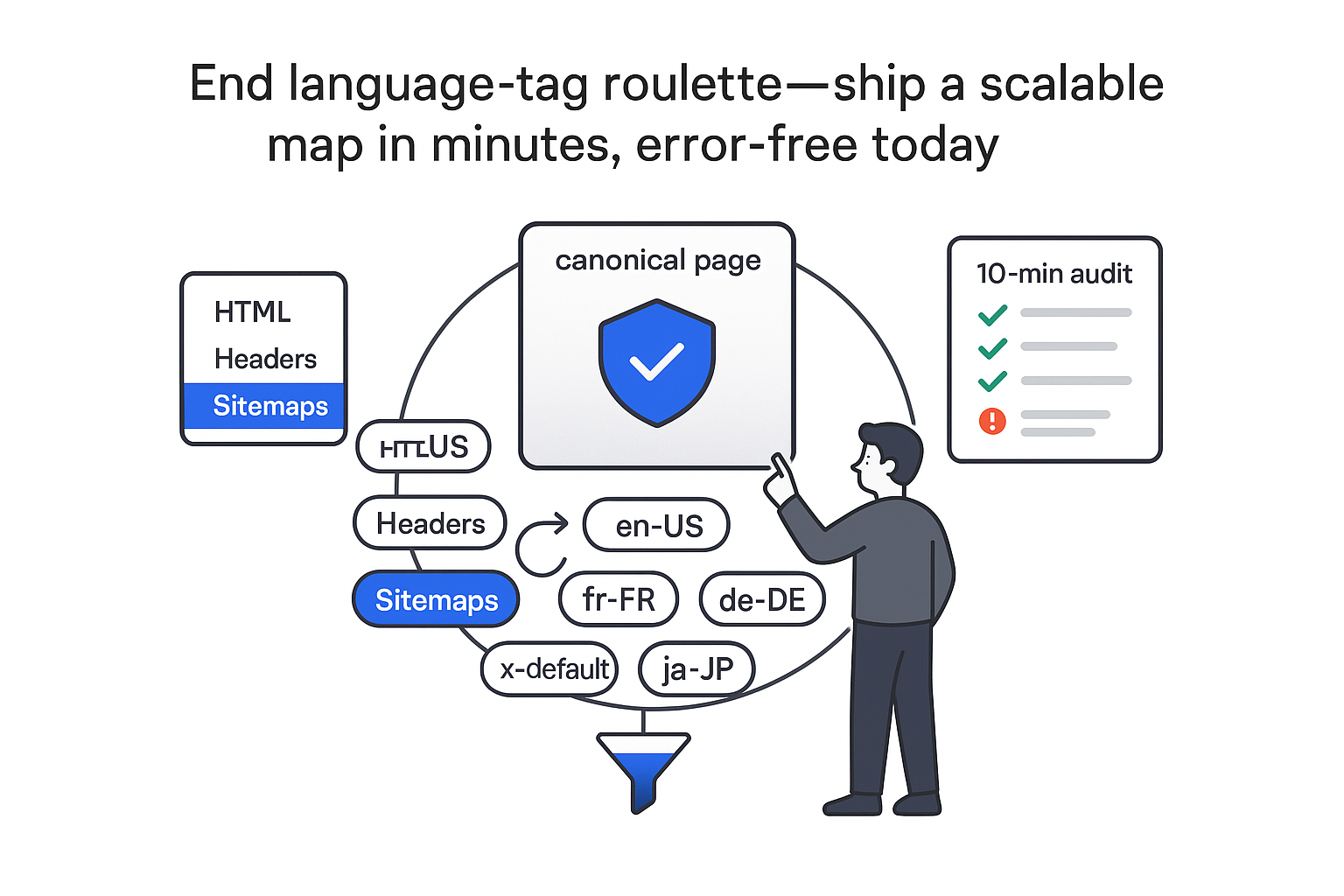
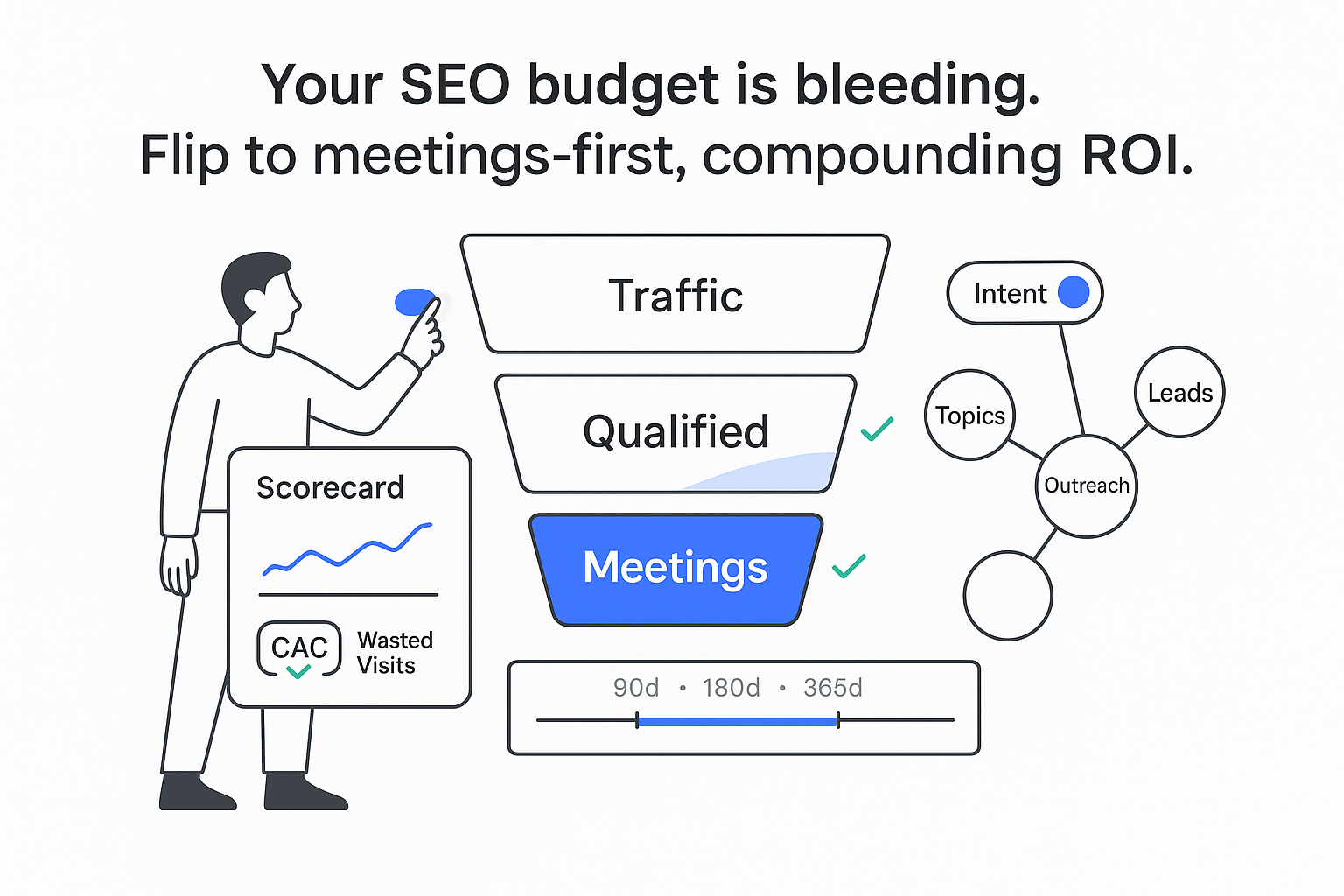

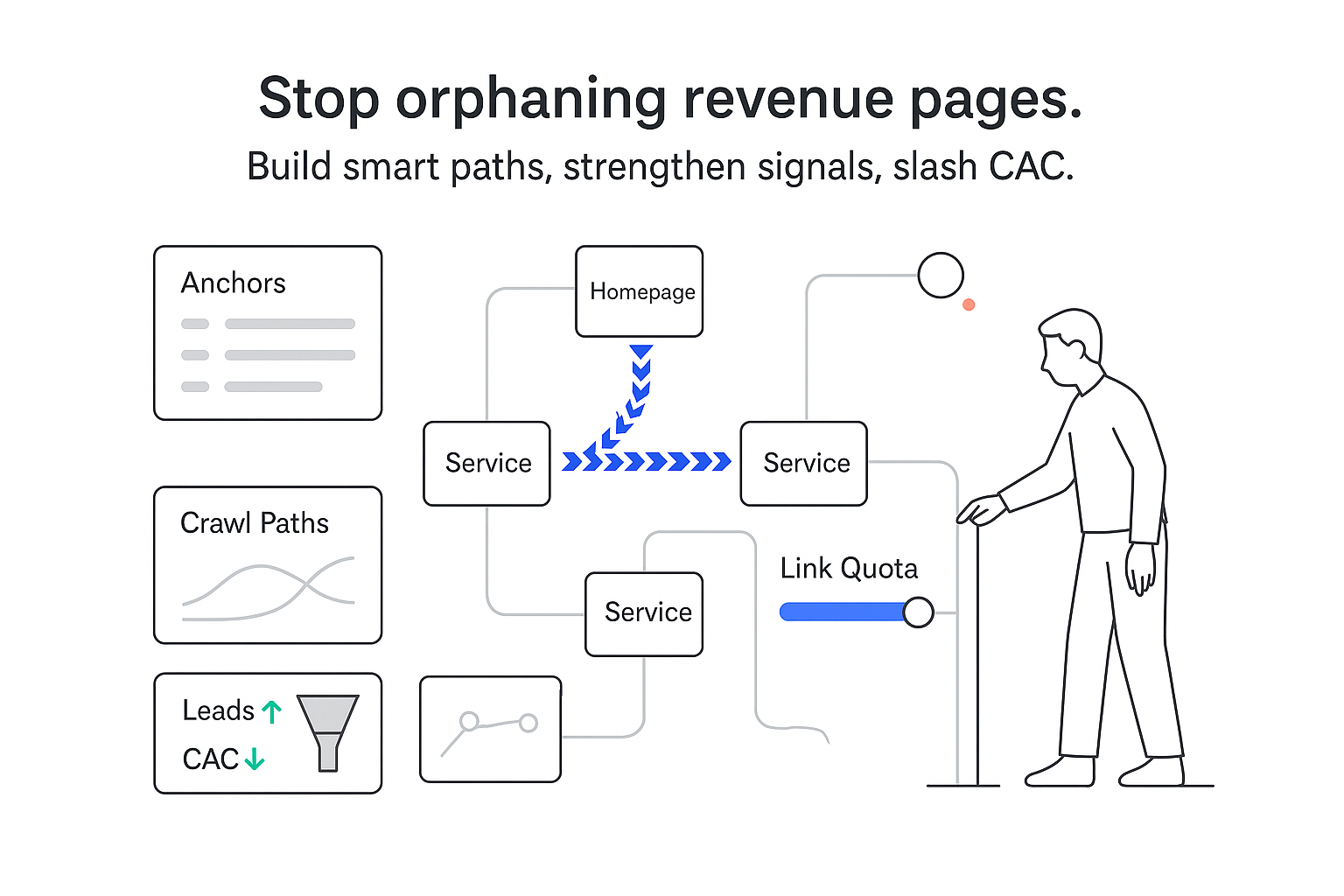
.svg)